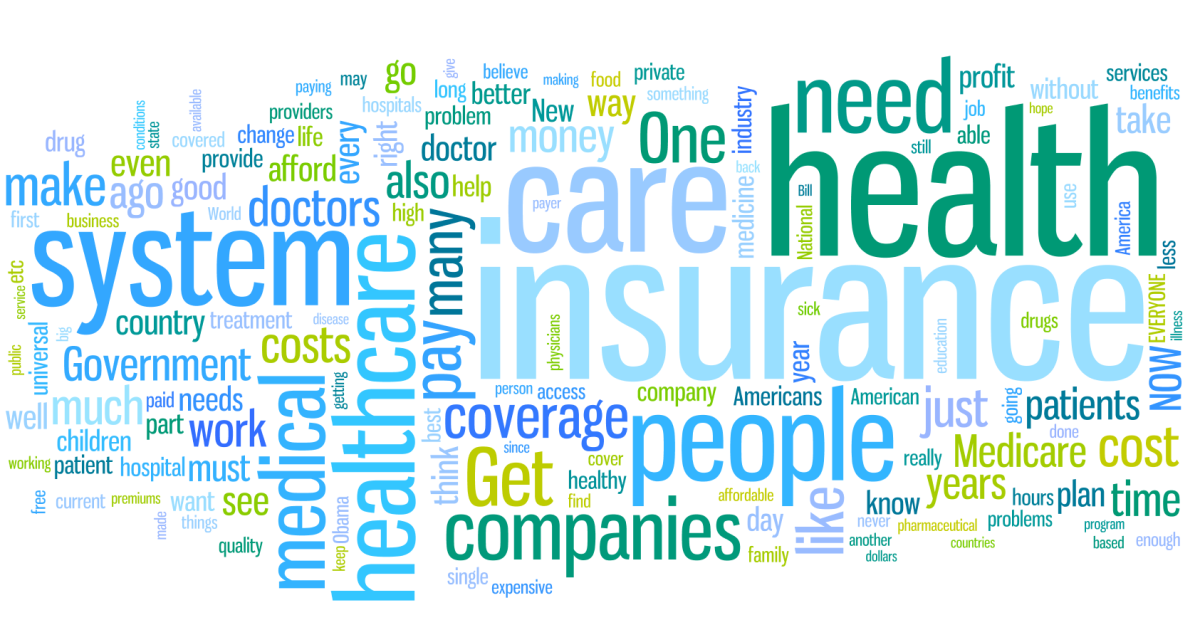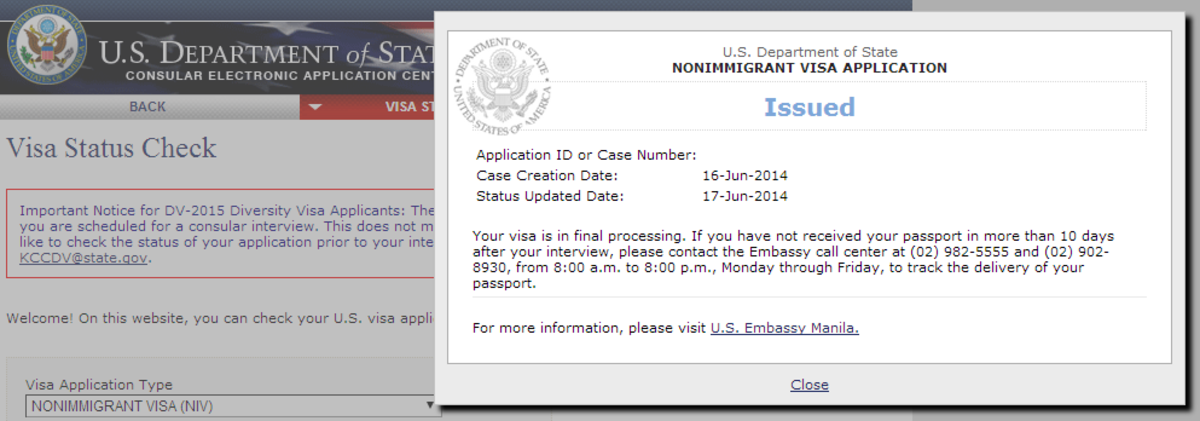The Longer Wait Time At The Doctors Appointment
On time, but waiting longer
Remember the good old days when you had a doctors appointment. You get there ten minutes early, check in with the front desk for about one minute, have a seat for about two minutes, are called back for your vitals and then a few minutes later the doctor enters the room on time.
Now it is more frustrating than ever because it seems no matter how early you are or what time of day it is you are waiting longer to see the doctor you have an appointment with.
Today the scenario is when you call for an appointment there are more questions and less availability for those time slots you have off work. Then when you arrive at the doctor’s office front desk your greeted by, most likely, an understaffed crew. You sign more papers even though you just signed the same papers at your last appointment. Afterwards, the office is asking you to verify your demographic information thus making you, the sick patient, fill out additional forms with information the office should already have in their system. Then when you finally have a seat, you wait until the assistant calls you back and takes your vitals. Now the assistant what's to know again what you told them last month; your medications, smoking status and what the problem is. After the “interrogation”, you feel annoyed and wait alone with the exam door closed, hoping the footsteps you hear are heading to your exam room. Your appointment was an hour ago and you have to be at work in 30 minutes. Sound familiar ?
Sadly, there is no quick solution for this problem. Working in a medical office for over ten years, I can tell you, there are many domino effects that affect patient flow and scheduling. While some offices are improving policies like quoting appointment times early, giving more generous time slots, having a wait display board, and hiring more Physician Assistants/Nurse Practioners, it still can present a difficult challenge.
So why do patients have to wait so long on the average doctor’s visit ? I’ll give you some possible explainations so you can better understand the modern office dilemma.
1. Insurance Company Standards- With the introduction of Electronic Medical Records (EMR) for short, insurance companies are requiring more documentation. For example, you suspect you have an ear infection and see the doctor. These visits used to be very quick, especially for an established patient. The doctor would check the ear that was bothering you, ask a few questions, write down the answers, give you a prescription and then send you on your way. Now, however, to protect the doctor from malpractice and to follow insurance guidelines, more througho documentation has to be done. This must be completed in a reasonable amount of time and can be difficult to do in the middle of a busy schedule. This can possibly put the doctor behind especially if it is a new patient consultation.
2. Patients Withholding Complaints- Scheduling your appointment starts when you call the office. The person who is scheduling you is usually busy multi-tasking. They may or may not ask you a lot of questions regarding your appointment, they usually want to know what is wrong and their goal is to squeeze in as many patients as the schedule allows. It is very IMPORTANT that if you feel you need more than 10 or 15 minutes with the doctor because of several different aliments, you let the staff know. I understand that some patients don’t like to tell the scheduler what is wrong because it is private or embarrassing, but in the end it is better planning and may save a lot of time in the long run. Just think of it this way: The more complaints you have the longer it will take the doctor to work through them, thus making the next scheduled patient wait longer. If the doctor has too many of these occurances in one day, he or she could be backed up for two hours or longer, leaving you to sit there in the waiting room frustrated. It is also hopeful to understand that if your doctor takes their time with other patients, in return they will take all the time you need.
3. Doctors On Call- There are times when the doctor you are seeing will be called for an emergency. While, there is nothing you can do to prevent this, you may have the option to schedule an appointment on a day the doctor is not on call. Many times the on-call schedule is on a rotation basis, still this does not guarantee that the doctor will not be called in. Also it is a good idea to call before you appointment time to see if your doctor is running on schedule. If you find out your doctor is hours behind, you my opt to reschedule your appointment or take a book with you to the waiting room. Preparing for the worst, helps alleviate some frustration.
4. Technology- Most practices want to make the most revenue they can, so if they have the opportunity to do more testing in office and get reimbursed well for it, they may do it. This means possibly more time you have to wait. Some offices have separate scheduling for those types of tests, but in the end, it adds time to the clock and more patients have to be checked in.
5. Shortage Of Staff- It takes a lot of people to help a medical office run smoothly and with health care costs on the rise, many offices are trying to cut back where they can. This can lead to a longer wait in the office and a longer wait on the phone. For example, you have one person checking in the patients, and someone has an insurance issue to discuss. You try to resolve the issue, but then three other appointments walk in and expect to be served immediately. You now cannot fully discuss the issues due to patient privacy, and try to check them in, now only to find out their doctors appointment is not today, but next week. The patient gets confused and demands to see a doctor right away. You check the schedule and it is booked, by now the patients waiting to be checked in are getting impatient, after all they have been waiting at least ten minutes. It would be perfect to have two or three people at check-in, but most places only have a limited number of staff to take on jobs ten times over. Now the phone is ringing and there is no one else in the office to answer it because they are already on the phone with two other patients who need appointments and want their lab results, you can only put the call on hold.
Also you normally have one medical assistant per two or three providers to do the clinical side of patient care. On paper this sounds like more than enough, and some days it is. But then you have some days where you need at least three medical assistants per doctor. For example, having the rooms completely full, re-checking high blood pressure readings, drawing blood, giving shots, assisting in minor surgery, stitch removal etc. The point is the doctor does not want the patient to leave until all tests ordered in the office have been done. A patient could be waiting there an extra ten to fifteen minutes until the assistant has time to get to those requests because he or she is still working on that other patient who needs to leave.
6. The Family Affair- It is understandable for parents to be in the exam room with their child or a caretaker in the room with their family member to help the doctor along because the patient cannot speak for themselves. However, there are situations that come about that can possibly cause the doctor to get behind and that is what I call the family affair. The more people you have talking in an exam room regarding a patient, the more distracting it can be to the doctor, thus taking more time to figure out the root of the patients problem. Also you have husband and wife visits at the same time, in the same room, siblings seen at the same time, in the same room and so on. Usually, schedulers fill in those back to back appointments so extra time is alotted for two patients who are seen at once. However, in some cases it takes longer for the doctor to evaluate two people in the same room, than two people being seen separately. The reason for this is some couples tend to interfere with each others answers to the doctor. For example: Mr and Mrs. Doe see Dr. Smith. Dr. Smith begins with Mr. Doe and asks him about his frequent heartburn. Mr. Doe denies having any problems, but Mrs. Doe interrupts and claims just the other day he was complaining about his chest burning after eating some hot wings. Mr. Doe denies it and they start to argue. If Mr. Doe was alone, the doctor would have already moved on with the exam. Another example: Mrs. Yellowbird brings in her two sons for school physicals and shots. The children show off to one another and demand attention, thus not being as cooperative as they should . The older child teases his sibling on how much the shot is going to hurt and the younger one refuses to get the shot. It is understandable being a busy parent and wanting to get your children done at the same time, but if you know that they are going to act up when they are together, maybe try to schedule them separately. It could save time for you in the long run and for other patients.
This article is intended for informational purposes only and does not guarantee anything, nor is it meant to be offensive in any way. Thank you for reading my article.
The waiting times
How long do you wait on average, at a doctor's appointment?









